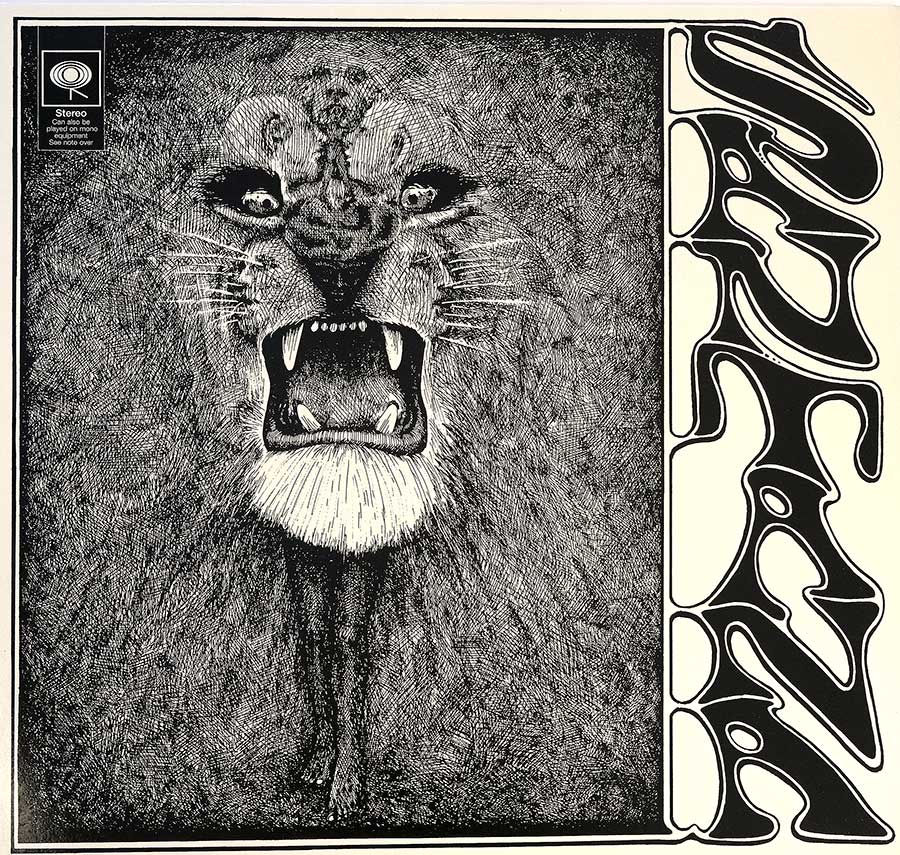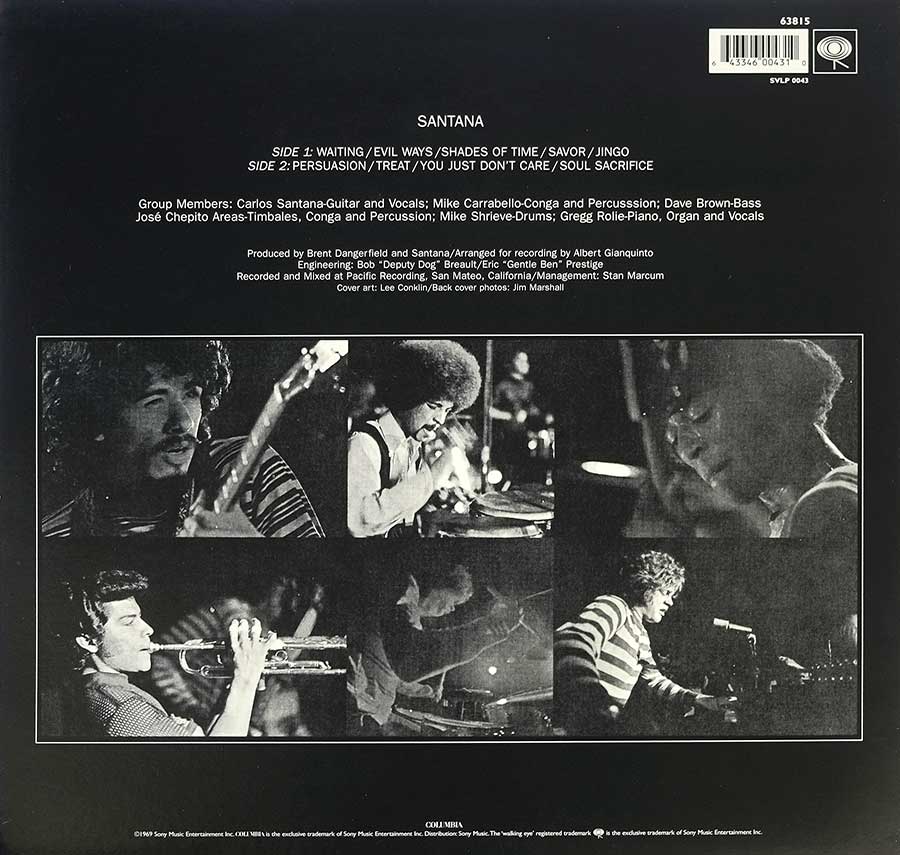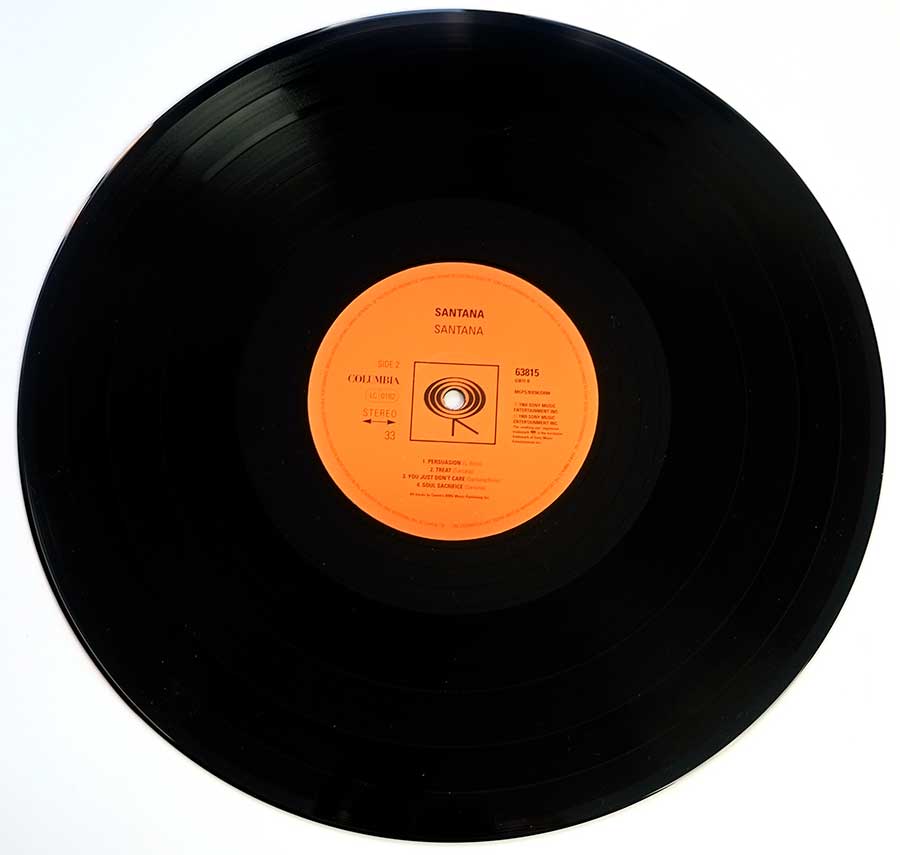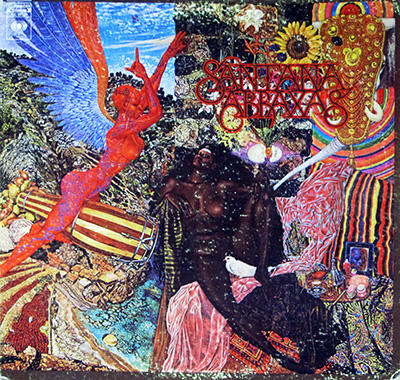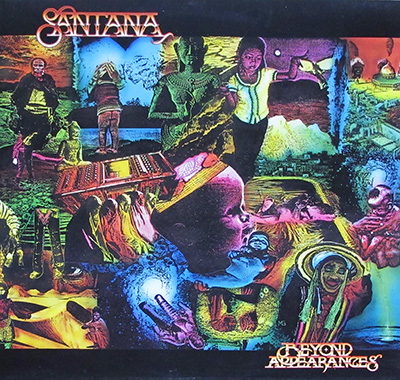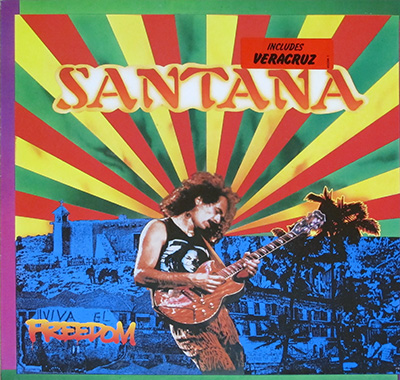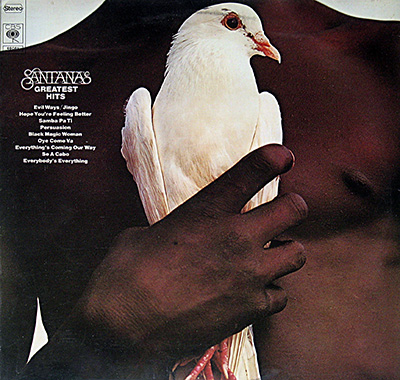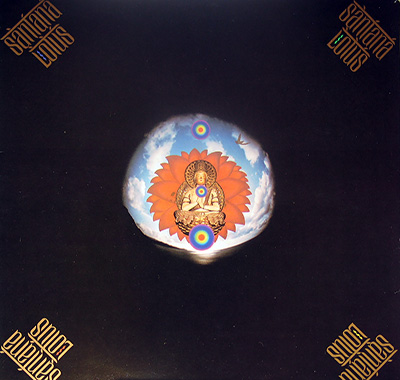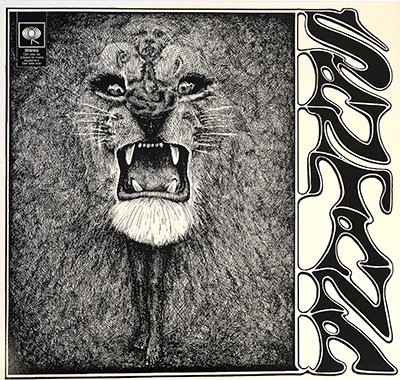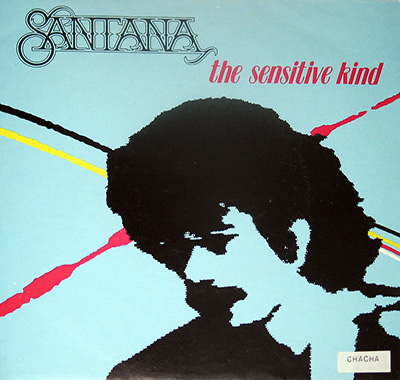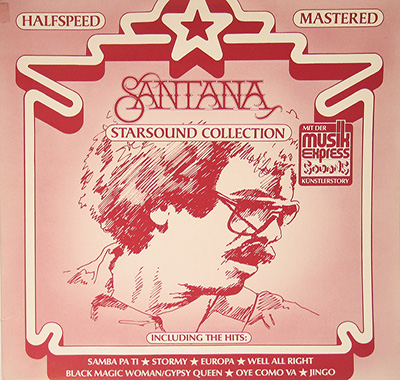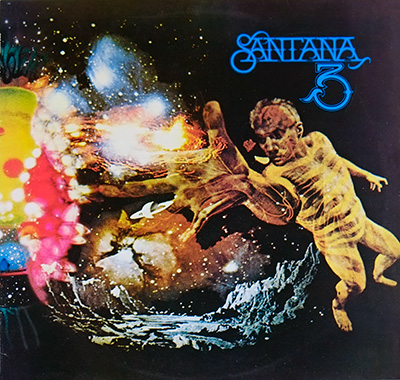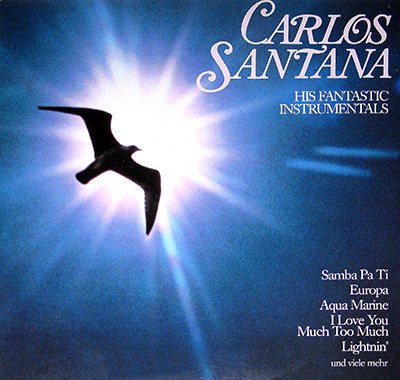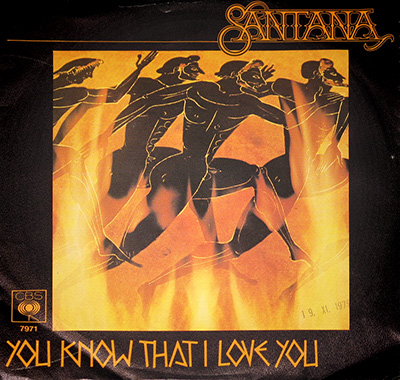Album Description:
Santana's self-titled debut album, released in 1969 and also known as the "Lion Head" album due to its iconic cover art, is a landmark in the history of rock music. This 12" vinyl LP offering not only launched the career of the legendary Latin rock band but also served as a potent blend of psychedelic rock, blues, and Latin influences.
From Jam Band to Rock Royalty
The early Santana was a San Francisco-based outfit known for their free-form jams. The influence of manager Bill Graham, however, steered them towards crafting more structured songs while retaining their improvisational spirit. This fusion is evident throughout the album.
A Look at the Lion
The "Lion Head" cover art is more than just an image; it's a symbol of the band's sound. The powerful lion conveys the raw energy of their music, while the vibrant colors hint at the psychedelic and Latin undercurrents.
Musical Maneuvers
Santana's debut is largely instrumental, showcasing the virtuosity of Carlos Santana's guitar work alongside Gregg Rolie's soaring vocals and the rhythm section's tight groove. Tracks like "Evil Ways" and "Jingo" became staples of classic rock radio, while deeper cuts like "Persuasion" and "Savor" unveiled the band's improvisational prowess.
A Legacy in Wax
Owning the "Lion Head" album on vinyl provides an authentic listening experience. The crackle of the needle and the warmth of analog sound complement the organic nature of Santana's music. This vinyl LP is a must-have for any fan of the band or collector of classic rock.
